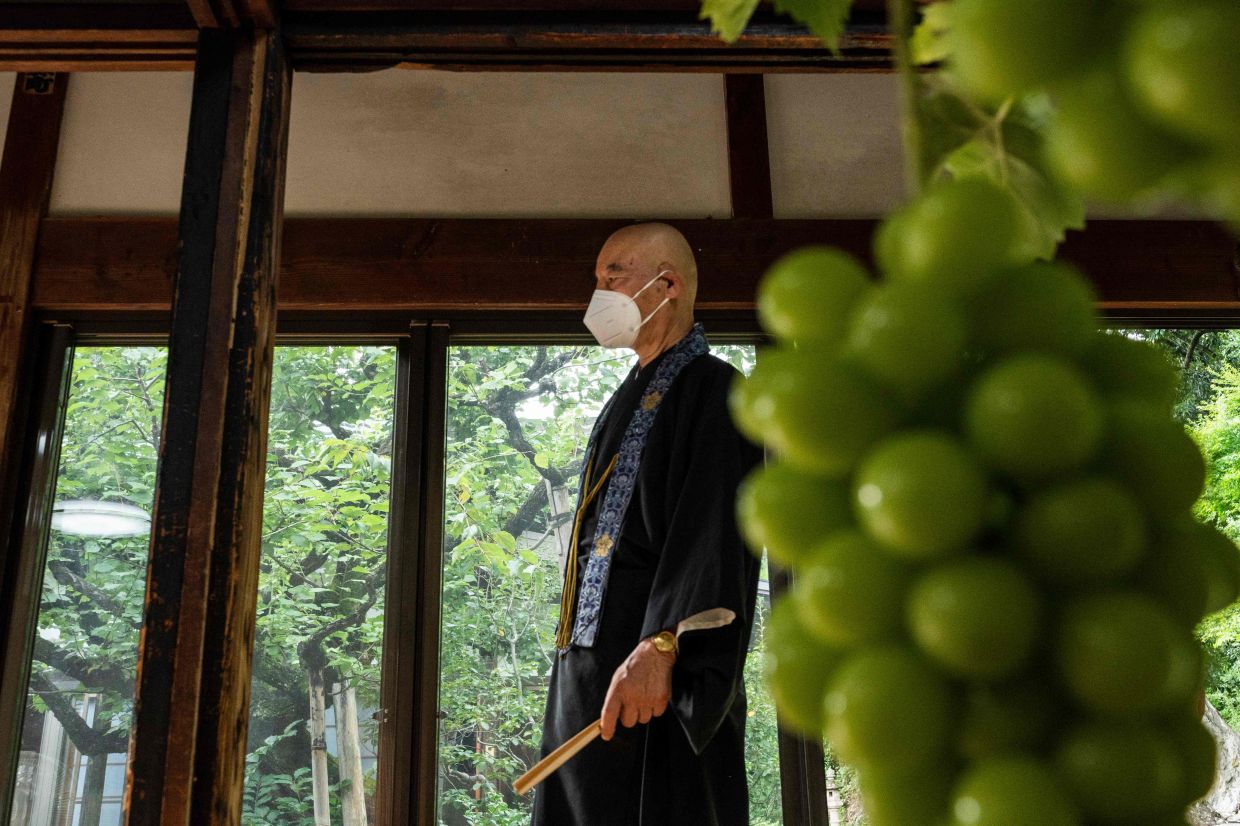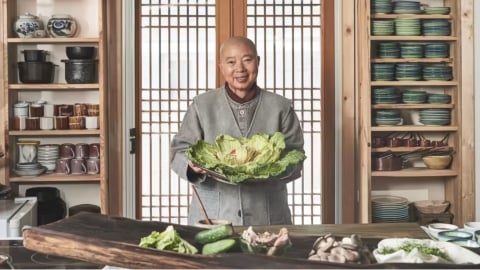This temple is also known as the "grape temple" because of its ancient connections with the country's history of grape growing and winemaking. This is also a "one of a kind" temple in Japan where grapes and wine are offered, instead of rice wine (sake) like in other temples and pagodas across the land of the Rising Sun.
Daizenji is located in the Yamanashi region, about 100 km (60 miles) west of Tokyo, famous as the home of Mount Fuji and recently as Japan's top wine-producing destination.
"We offer grape wine to the gods instead of other offerings," Tesshu Inoue, the 75-year-old head monk, told AFP.

Daizenji Temple is located in western Tokyo.
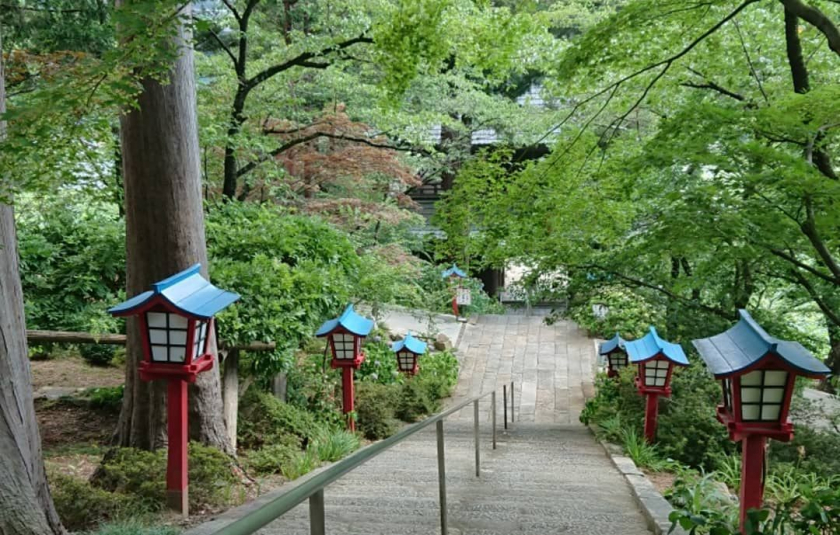
Entrance to the "grape temple" in Japan.

Gate to the inner area of the temple.
Legend has it that in 718 AD, the abbot at that time dreamed of the Medicine Buddha appearing with a bunch of grapes in his left hand. The abbot recognized the sign and began to popularize grape growing and winemaking to the people of Yamanashi, and from then on, grape growing developed in this land.
Today, the temple still has a statue of Buddha holding a large bunch of grapes. Another legend says that farmer Kageyu Amemiya was the first to start growing grapes in Japan, planting them in this area, but 450 years later, in 1186.
DNA analysis has found that koshu – the oldest grape variety grown in the mountains – is a hybrid between a grape originally grown in Europe and a wild Chinese grape. That suggests it may have traveled along the Silk Road en route to Japan, much in the same way that Buddhism spread across Asia.
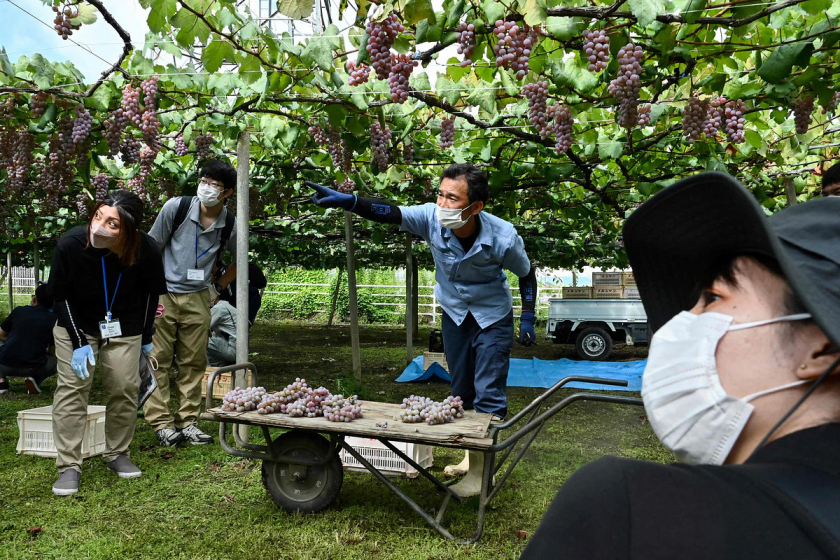
Vineyard inside the temple.
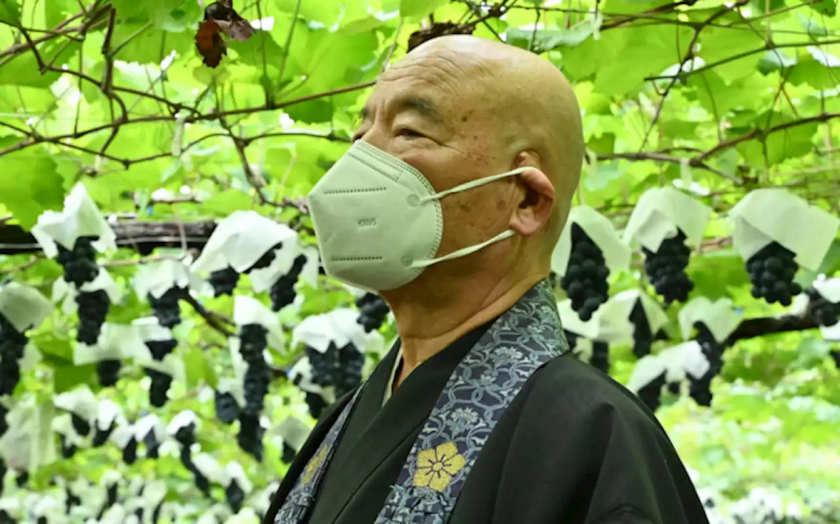
The abbot walked through the vineyard.
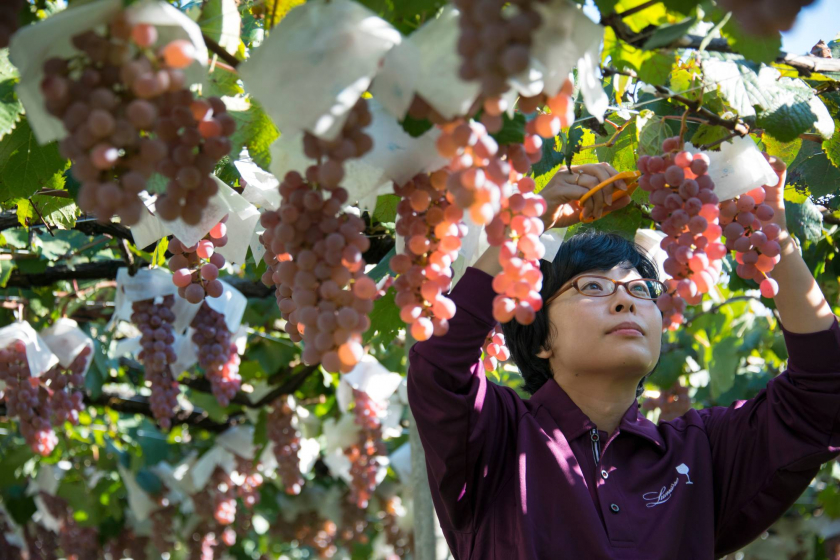
Neighbors harvest grapes.
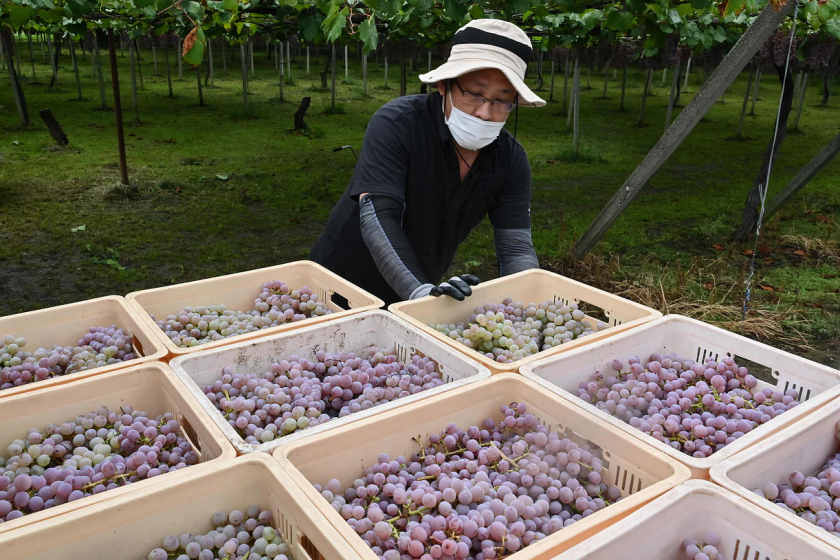
Grapes are processed to make wine.
However, it was not until the Meiji period from 1868 to 1912 – a period that saw a surge of interest from the Western world – that winemaking really took off in Japan. With its fertile soil and long history of grape growing, Yamanashi – home to Mt. Fuji – grew in popularity and became Japan’s leading producer of wine. The story of Daizenji – the “grape temple” – added to the area’s appeal.
On the temple altar, grapes and a bottle of wine are placed as offerings. On top is an ancient cherry wood statue of the Medicine Buddha holding a bunch of grapes that appeared in the first abbot's dream. The lacquer sculpture, decorated with gold leaf, is a precious artifact of the temple, and is only displayed to the public once every five years. Notably, Daizenji Temple also owns its own brand of grapes and wine.
"Growing grapes and making wine are both good karma," Tesshu Inoue told AFP.

Medicine Buddha statue holding grapes in the shrine.
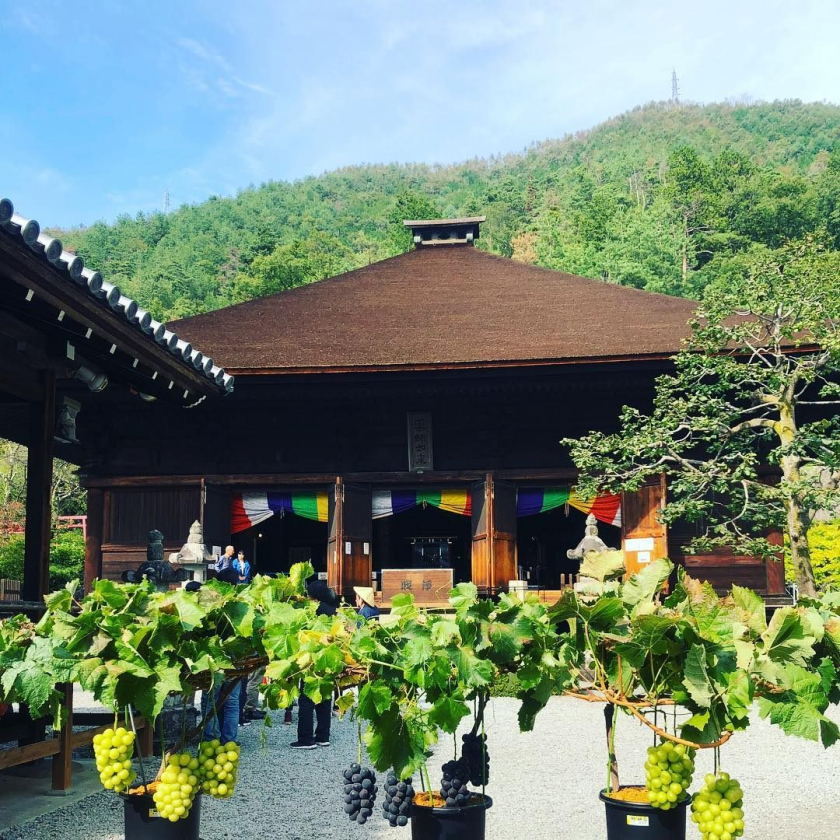
The grapevines in front of the temple.

Temple roof with architecture over 1 thousand years old.






